In an era marked by rapid change, fleeting trends, and a persistent quest for individuality, everyday wear has assumed an unprecedented significance.
No longer confined to a mere afterthought, daily attire is now a blend of comfort, functionality, and style, providing a canvas for individuals to express their personalities.
This article delves into the evolving nature of everyday wear, highlighting its relevance and influence in the modern wardrobe.

Table of Contents
What defines the essence of everyday wear?
Everyday wear is more than just a wardrobe choice; it’s a reflection of one’s lifestyle and values. In an era where individuality reigns supreme, these garments offer an opportunity for self-discovery and personal branding.
While trends come and go, the essence of everyday wear remains consistent – it’s about finding that perfect balance between ease and elegance.
The softness of a cotton tee or the rugged texture of denim tells a story of durability and timelessness.
Brands are now leaning into the emotional connection consumers have with these pieces, offering more sustainable and ethically-produced options, further emphasizing the significance and longevity of these choices.

In essence, everyday wear has evolved from mere clothing to a profound form of self-expression and identity.
Whether it’s the statement made by a well-worn pair of jeans or the confidence radiated by a perfectly fitted tee, the message is clear:
Everyday wear is about celebrating the everyday person, their journeys, stories, and aspirations.
Modern Trends: Beyond Basics
In the realm of fashion, the phrase “Modern Trends: Beyond Basics” signifies the industry’s evolution from mere essentials to innovative styles that resonate with today’s dynamic socio-cultural fabric.

Historically, fashion catered predominantly to basic necessities, offering a limited palette of designs and materials that focused largely on functionality.
However, as societies grew more interconnected and expressive, the fashion world expanded its horizons.
Today, it’s not just about wearing something; it’s about wearing something that speaks.
Here’s a glimpse into how modern trends have moved beyond the basics:
Inclusivity & Diversity
Contemporary fashion is increasingly representative. From various body types to different ethnic backgrounds, the industry now celebrates diversity in its true sense, shunning age-old stereotypes.
Sustainability
The fashion industry, once infamous for its environmental footprint, is now leading the charge towards sustainable practices. Materials like bamboo, organic cotton, and recycled polyester are in vogue, as is the philosophy of “buy less, choose wisely.”
Cultural Fusion
As borders blur, fashion has become a melting pot of global styles. A single outfit might carry inspirations from Asian minimalism, African vibrancy, and European elegance.
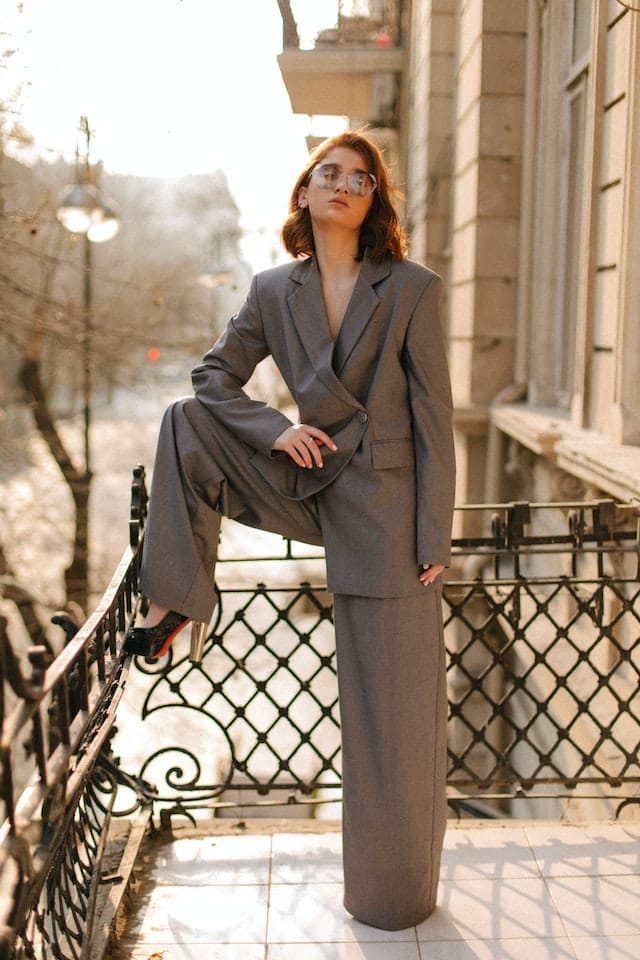
Personalization
Customization is big in the contemporary fashion scene. Be it personalized fit, color, or design, consumers today seek apparel that’s ‘just for them’.
Global Influences : Local Flavors
In today’s age of digital connectivity, the world seems smaller, and borders appear blurrier, especially in the domain of fashion.
This mingling of global inspirations with local traditions has given birth to an eclectic blend of aesthetics.
For instance, the Parisian chic, known for its effortlessly elegant vibe, is now often paired with bold Indian jewelry, adding a touch of exoticism to a classic look.
Or consider how Scandinavian minimalism interplays with the rich textures and embroideries from the Middle East, resulting in outfits that are both understated and opulent.


Another notable trend is the resurgence of indigenous fabrics and craftsmanship.
As global brands scout for authentic experiences, handlooms from South America, batiks from Southeast Asia, and shiboru dyeing techniques from Japan are finding their way into mainstream fashion.
The fusion doesn’t stop at clothing. Accessories, too, are experiencing this meld. Italian leather might be adorned with Turkish gemstones, or a Swiss watch could carry design cues from Chinese artistry.
What’s exciting is that this blend of global influences and local flavors isn’t about diluting one’s identity. Instead, it’s about celebrating diversity, learning from different cultures, and creating a style narrative that’s both personal and universally resonant.
It’s a testament to the fact that in fashion, as in life, we’re diverse, yet beautifully interconnected.
The Psychology of Everyday Wear
Clothing choices are far more than mere aesthetic decisions; they’re psychological indicators and influencers.
The colors we choose can reflect and sway our mood, while the fit and fabric can either boost or diminish our confidence.
This phenomenon, known as “enclothed cognition,” emphasizes the tangible link between what we wear and how we perceive ourselves.

Ever noticed feeling more authoritative in a blazer or more active in sportswear? Such is the power of clothing.
Additionally, as society becomes more fast-paced, many are leaning towards simplified wardrobes to reduce decision fatigue, further underlining the intricate dance between our mind and our attire.
This interplay showcases why fashion, especially everyday wear, is not just about trends but also about individual well-being and self-expression.
Challenges and the Road Ahead
As the scope of everyday wear broadens, it also encounters various hurdles.
While fast fashion offers cost-effective and stylish choices, it often comes under scrutiny for environmental impacts and questionable production ethics.
It becomes imperative for both manufacturers and consumers to find a harmony between fashion, eco-friendliness, and ethical standards.
With today’s emphasis on individual expression, there’s a growing appetite for custom-made daily wear.
It’s not just about making unique styles; the industry needs to change and offer more personalized experiences for its customers.
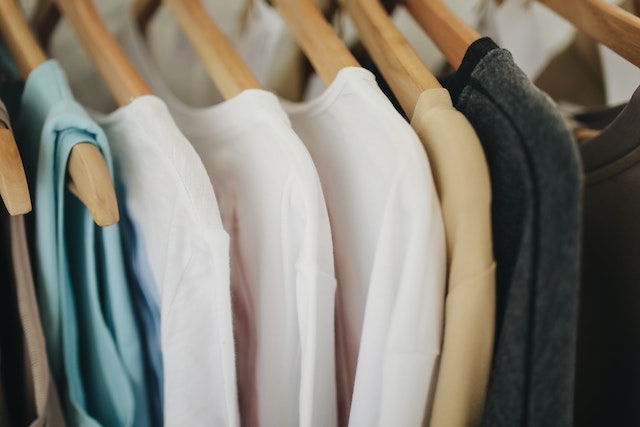
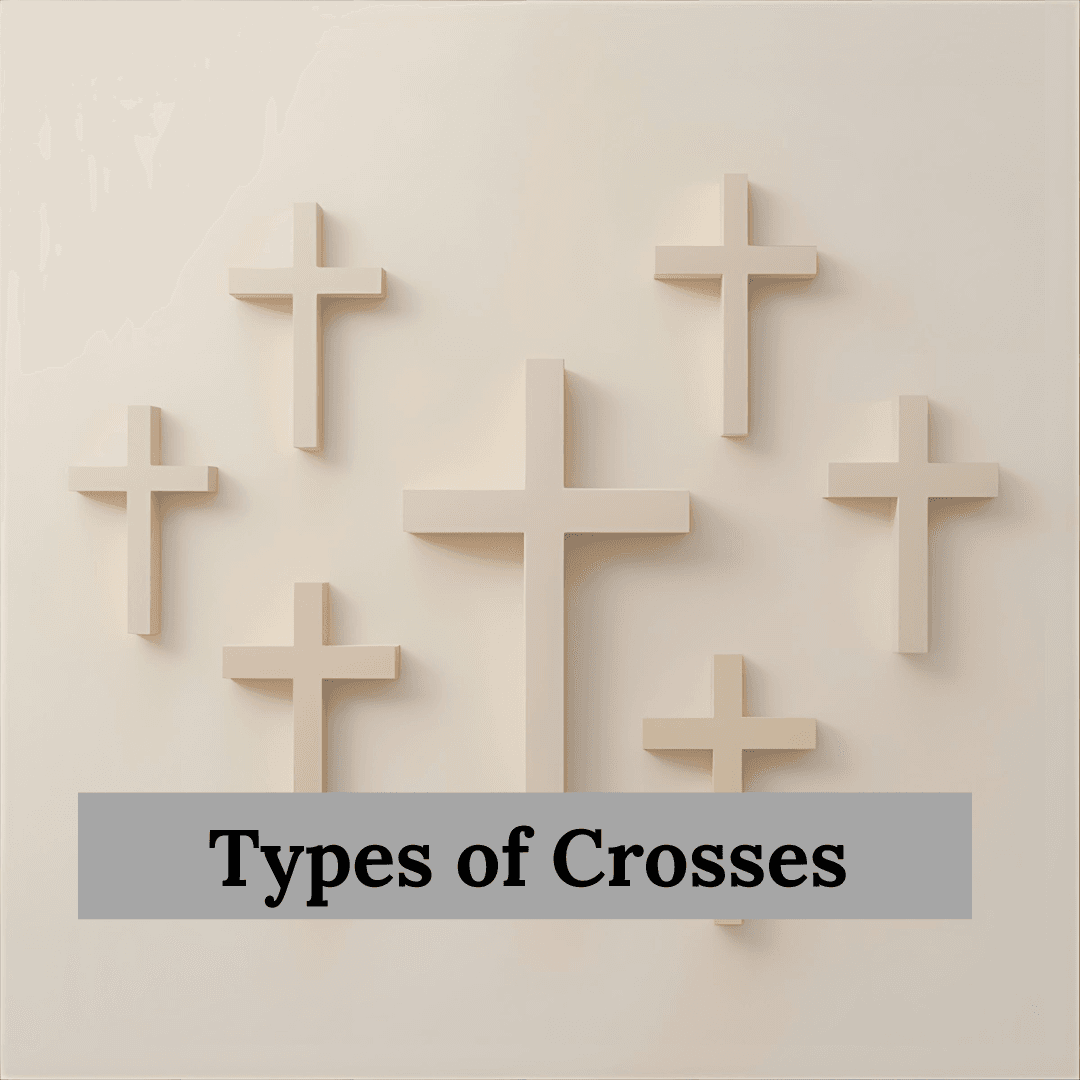

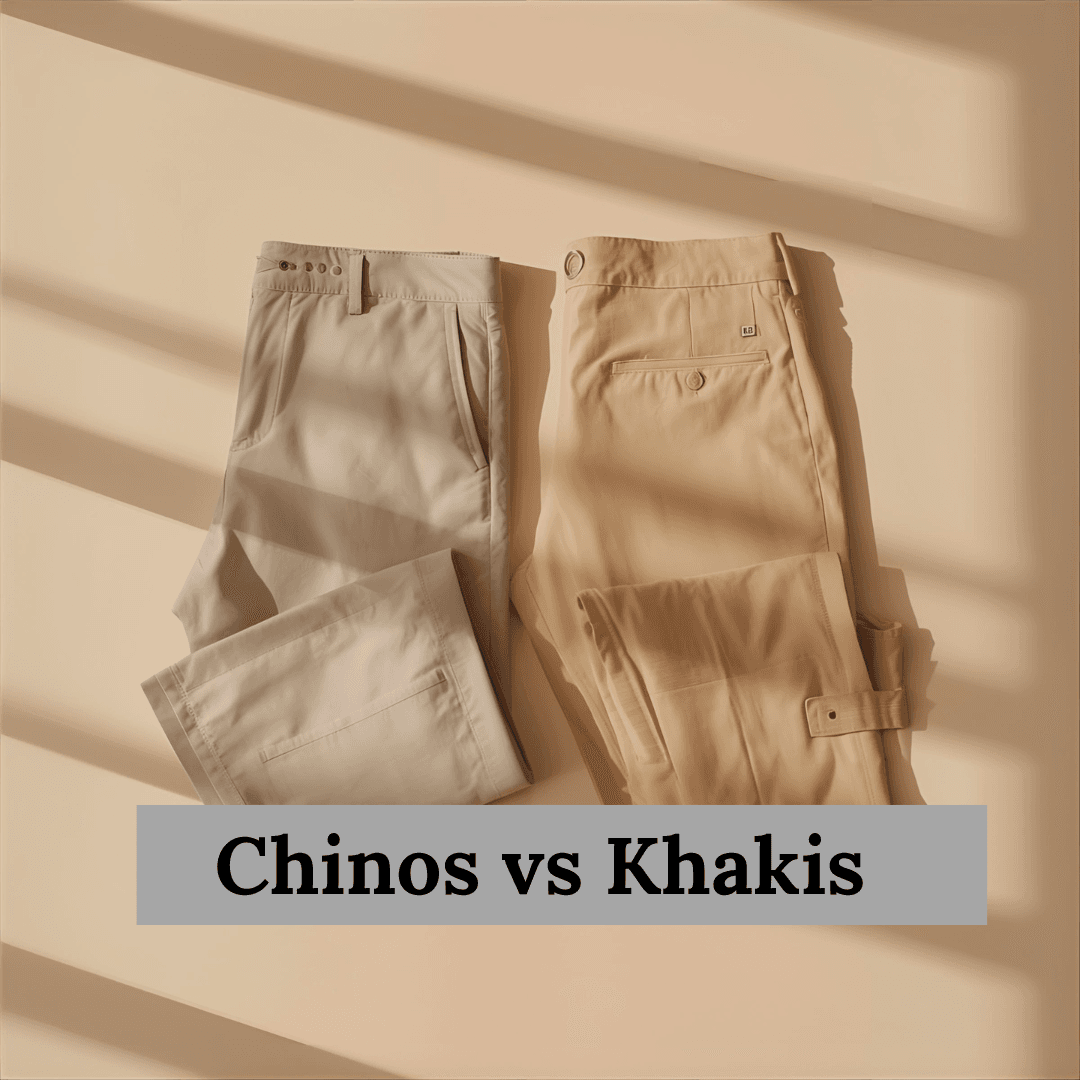
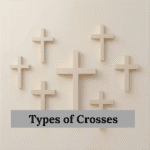


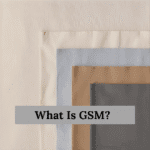
Leave a Reply